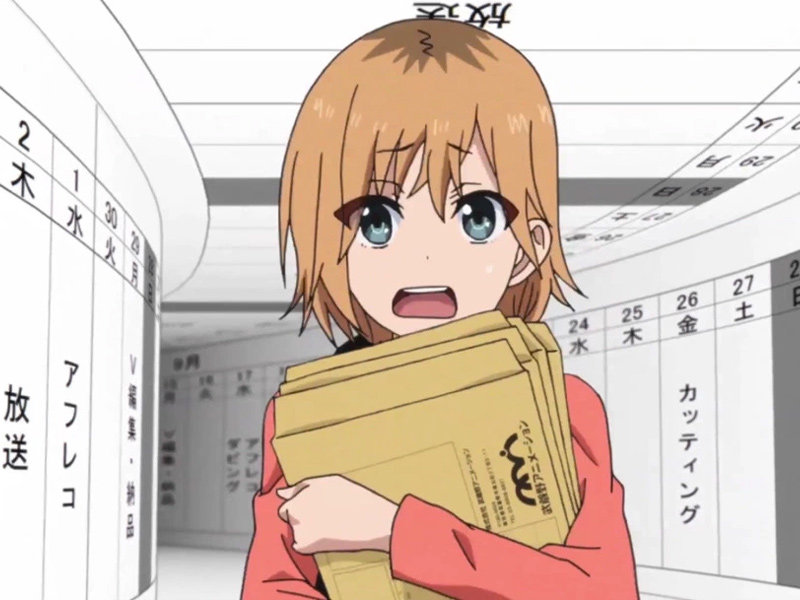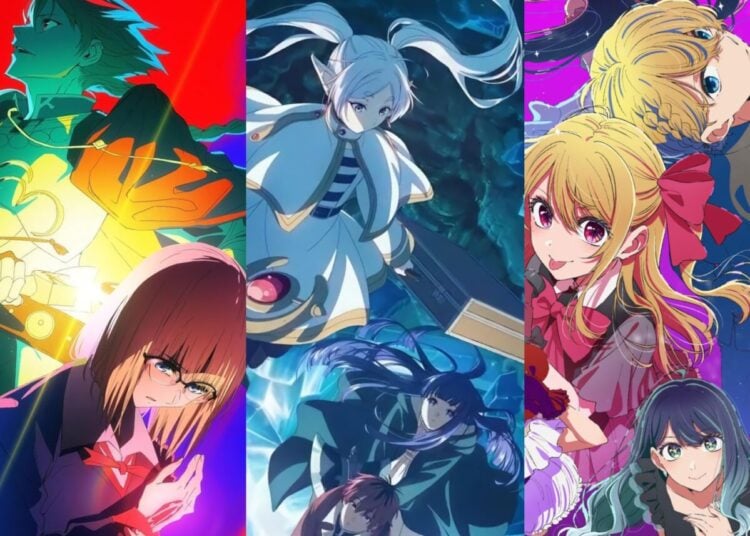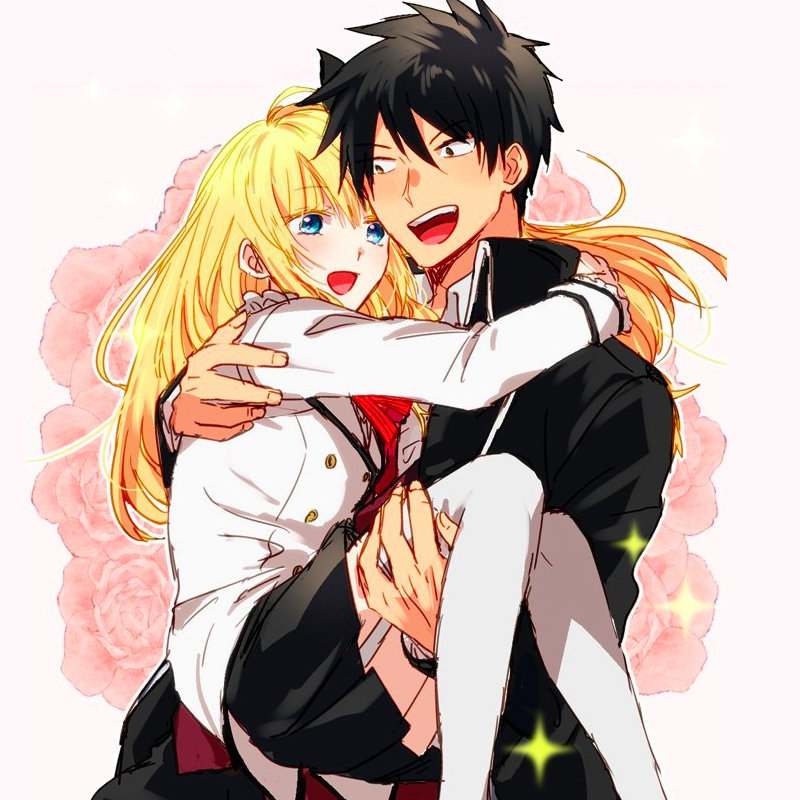In case you don’t follow the industry as obsessively as I do, anime is really booming, with more than almost 100 new and ongoing series made for us each season, plus countless OAVs, specials and theatrical films. That’s a lot of animation that needs to be drawn, but increasingly the industry isn’t up to the task. Part of this is the explosion in series in production, but also because there aren’t enough artists, digital color staff, CGI animators and producers to go around. This has started to result in shows in production being canceled, such as the planned sequel to Girlish Number.
In Wednesday’s post, I wrote about changes to Japan’s immigration laws to allow semi-skilled and skilled workers from other countries to come work in certain industries Japan. The Japanese government has already created a similar special visa for anyone able to work in the anime, manga or related industries without the requirement of a university degree. Sounds like a dream job for many J-List readers, doesn’t it?
Well, not so fast. As indicated in the most recent version of this anime salary graphic I translated, salaries in the industry are frightfully low, with starting salaries for animators at just over $10,000 per year (though I like to think they’ve picked up a bit after this graphic was made). The staff working on My Sister, My Writer, the anime fans can’t stop watching because “the show is trash, and so are we,” embedded a cry for help in the ending credits. And P.A. Works recently got criticism on social media for paying less than McDonald’s for starting animators. This is ironic since P.A. Works is the studio that made Shirobako!, the best series to learn about how the anime industry works.
I’ve written before about the need for changes in the industry. Salaries need to rise, and there need to be serious changes to the balance of power between the companies that create anime. Anime is nearly always made via “production committees” like the Madoka Quartet or the Uzamaid! Production Committee, in which various companies contribute capital then share profits, if there are any. (Akira, always a visionary film, was one of the first titles created under this system.) But anime studios are generally paid only a flat fee, without even so much as a “bonus system” for the animation staff or directors if the show is a smash hit, like Osomatsu-san! or Your Name. The industry needs to get to work on Production Committee System 2.0 that guarantees that animation studios don’t get the shaft…including Studio SHAFT.
What do you think of the current state of the anime industry? Are things going well, or will we see the end of anime someday soon? Tell us on Twitter!
We love to carry all the top anime magazines from Japan, which we love because they’re always full of brilliant visuals of our favorite characters, with new artwork and posters and other free stuff for fans inside each issue. Because J-List is having an EMS sale right now, you save more than ever when you make an order (over $50 total) right now!

















